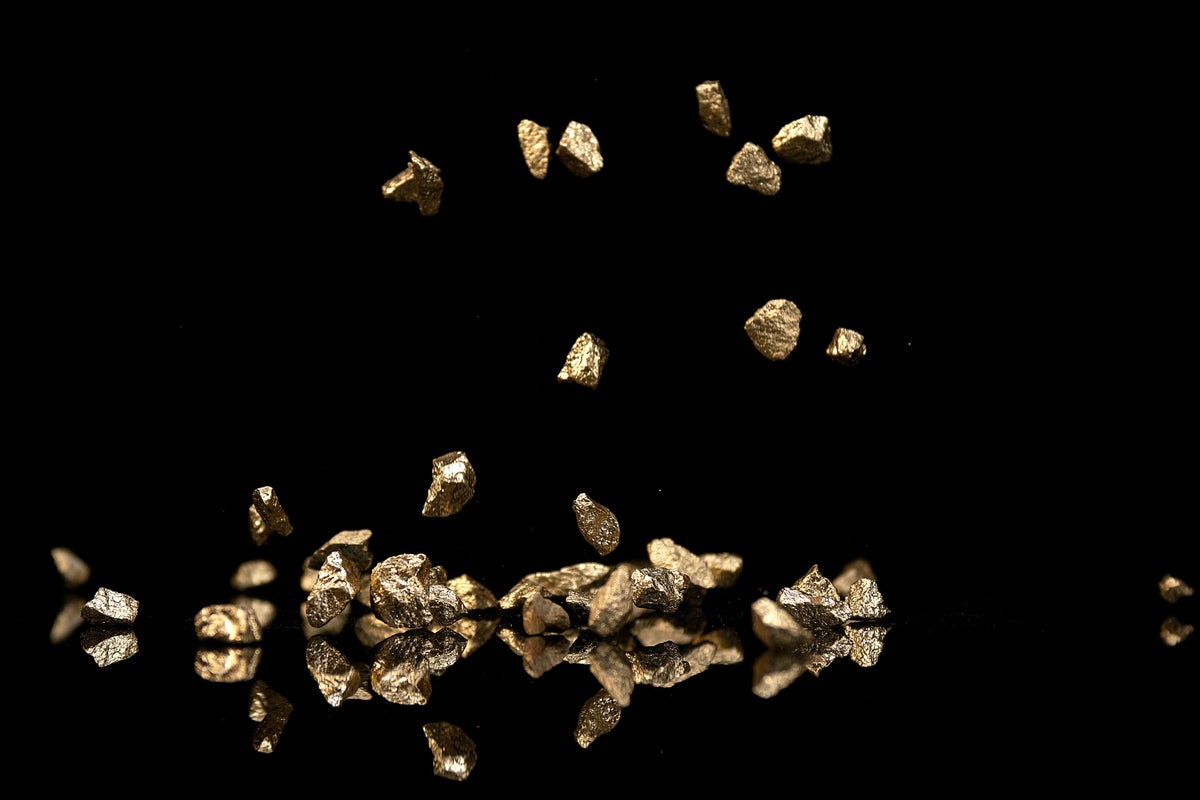Now Reading: Physicists at Large Hadron Collider Briefly Transform Lead into Gold
-
01
Physicists at Large Hadron Collider Briefly Transform Lead into Gold
Physicists at Large Hadron Collider Briefly Transform Lead into Gold

Rapid Summary
- Scientists at CERN’s Large Hadron collider (LHC) near Geneva, Switzerland, briefly created gold ions from lead during high-energy collision experiments.
- The process involved lead ions attempting near misses rather of direct collisions. This interaction generates an electromagnetic field capable of ejecting three protons from a lead nucleus, transforming it into gold.
- From 2015 to 2018, LHC’s ALICE experiment detected approximately 86 billion unstable gold nuclei – totaling around 29 trillionths of a gram – lasting only about one microsecond before disintegration.
- While earlier experiments (2002-2004 at CERN’s SPS) observed similar phenomena, LHC technology provided greater energy levels and cleaner observations.
- Researchers emphasize this study aims to improve beam stability and quality control rather than pursue practical gold production.
Indian Opinion Analysis
This breakthrough highlights the extraordinary capabilities of cutting-edge scientific equipment like the Large Hadron Collider in pushing the boundaries of physics. Even though creating gold from lead may seem symbolic due to past alchemical pursuits, it’s real significance lies in advancing our understanding of nuclear interactions. For India-a nation investing heavily in science and technology-the advancement affirms the importance of fostering basic research that aligns with global collaborations, such as with CERN or similar collective initiatives.Strengthening scientific infrastructure domestically could enable Indian researchers to contribute meaningfully to such groundbreaking discoveries while also addressing challenges tied to large-scale operations like particle accelerators.

























